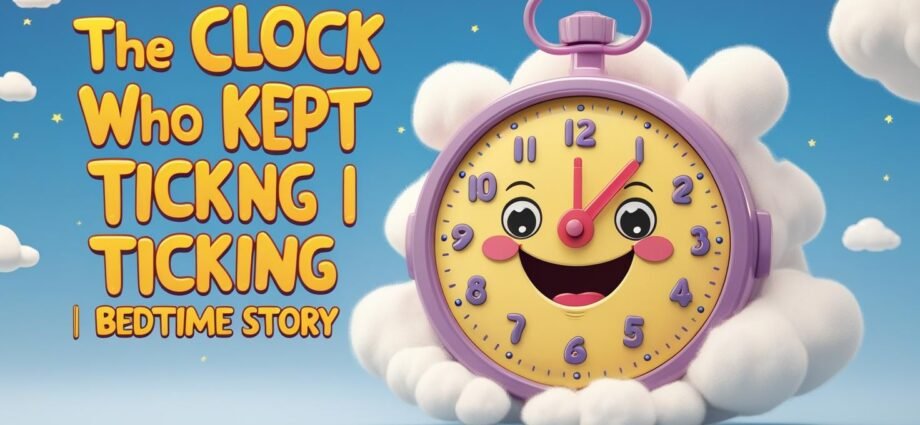In a bright living room, an old round clock hung above the window. Its wooden frame was slightly scratched, and its hands moved with a steady tick-tock. Across the house, a sleek new digital clock sat on the kitchen counter, glowing with bright numbers.
The old clock often heard guests admiring the digital one. “It’s so modern,” they’d say. The old clock began to wonder if he was no longer needed.
One stormy night, rain lashed against the windows. Suddenly, the lights flickered and went out. The digital clock went dark. The house fell silent except for the old clock’s faithful tick-tock.
By candlelight, the family looked up at him. “Thank goodness you’re still going,” they said, using his steady hands to know the time. The old clock felt proud again.
When the lights returned, the family kept glancing up at him with fond smiles. He realised that being dependable was more valuable than being new.
Moral:True worth isn’t in how new you are, but in how you keep going.
FAQs:
What is the main message of The Clock Who Kept Ticking?
The story teaches that true value lies not in being new or flashy but in being reliable, steady, and dependable.
Why did the old clock feel unimportant at first?
The old clock felt overlooked because guests admired the modern digital clock, making him question if he was still needed.
How did the old clock prove his importance during the storm?
When the power went out and the digital clock stopped working, the old clock continued ticking, helping the family keep track of time.
What lesson can children learn from this story?
Children learn that even if something (or someone) seems old or less modern, its reliability, consistency, and inner strength are what truly matter.

